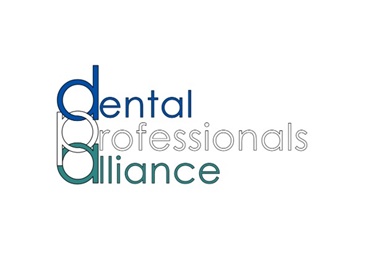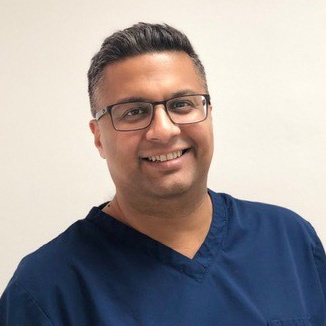What are we trying to achieve with changes to QA for education and training?

Manjula Das, GDC's Head of Education Policy and Quality Assurance, discusses improvements to our annual monitoring process.
Spurred on by Shifting the balance and last year’s consultation on education processes, changes are apace within the realms of quality assurance at the GDC in a range of areas. A move which we are excited about and rightly so.
We have moved away from the set-piece two day programme plus examinations/finals inspections, within a five year cycle, towards a much more dynamic risk-based approach. In 2018 we began to develop a risk-based approach to quality assurance, which is currently being tested in this transition period with inspections at all 16 dental schools.
Based on evidence submitted by dental schools including a self-assessment, in the annual monitoring process, we identified core areas of focus which were similar for all as well as individual issues for each education provider. This enabled us to develop bespoke inspections for each education provider. Thus duration, remit and scope of each inspection, whilst continuing to be based on the 21 requirements within our Standards for Education, is focused to the needs of the individual provider. This has given us greater focus, allowing for the deeper probing of issues.
Learning from other regulators worldwide, we developed a further risk assessment tool, which has helped us to make improvements to the annual monitoring process, and this is currently being piloted with dental care professional education providers. This evidence will help us identify the level and type of quality assurance assessment we will undertake in the next academic year.
By rightly elevating the use of evidence, we are also able to take the opportunity of the revision of the QA processes, to look more broadly at themes and areas of interest. This year we are focusing on the preparedness for practice of new graduates (which is worthy of a blog of its own, so watch this space). This opens up a whole new area of opportunity to us and is of real relevance and value to all. We are in a great place to look more widely at a range of sources including complaints data, learnings from fitness to practise, demographic changes and technological developments, to name but a few, to identify what areas we should be looking at in greater detail, and then probe this further with research and quality assurance activity, which can also inform policy and engagement developments. We are keen to continue to work ever closer with stakeholders, so that when issues are identified we can do the problem-solving part together. This is just the beginning.
The risk-based approach has allowed us to make more effective and efficient use of our resources, channelling them to areas of greatest concern. Working with the newly established regulatory intelligence team at the GDC is proving invaluable.
With these changes we can be more responsive and dynamic in our approach to quality assurance, which helps to underpin improvements to education and training, resulting in better trained professionals, fit to care and treat patients. Which, after all, is what we all want.
 eGDC
eGDC

















